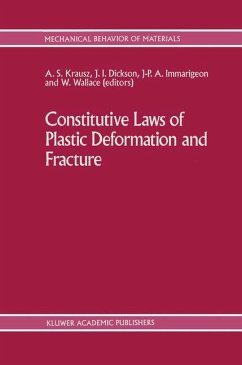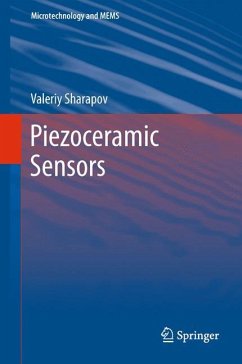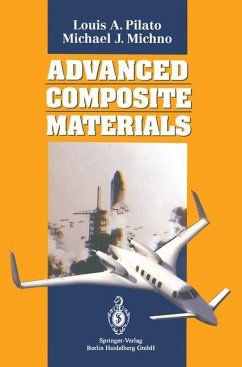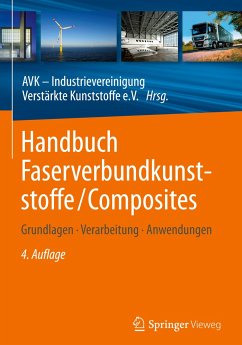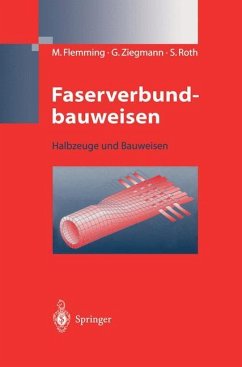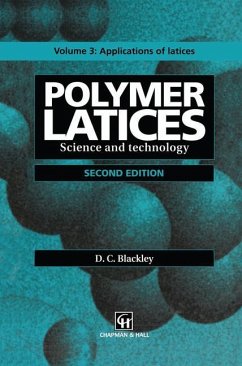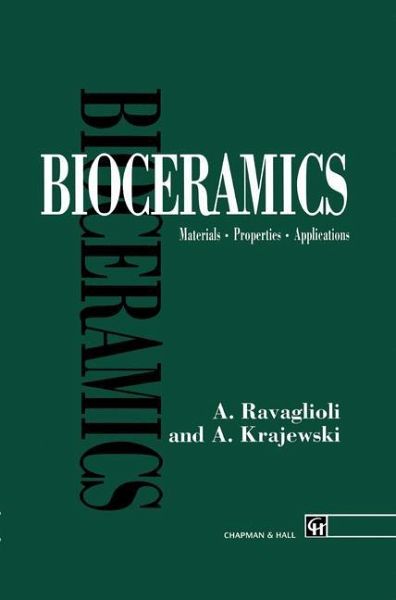
Bioceramics
Materials · Properties · Applications
Versandkostenfrei!
Versandfertig in 1-2 Wochen
153,99 €
inkl. MwSt.
Weitere Ausgaben:

PAYBACK Punkte
77 °P sammeln!
As recently as 20 years ago, ceramics were widely ignored as potential biomaterials. Interest in bioceramics has increased dramatically over the past decade to the point where it is anticipated they will be the materials of choice for many orthopedic, otologic, maxillofacial and dental applications during the decade of the '90s. Alumina ceramics are being used extensively as articulating comJ1onents in total joint prostheses because of Ithe materials low coefficient of friction and excellent wear resistances. Alumina ceramics are also being used in dental and maxillofacial applica tions becaus...
As recently as 20 years ago, ceramics were widely ignored as potential biomaterials. Interest in bioceramics has increased dramatically over the past decade to the point where it is anticipated they will be the materials of choice for many orthopedic, otologic, maxillofacial and dental applications during the decade of the '90s. Alumina ceramics are being used extensively as articulating comJ1onents in total joint prostheses because of Ithe materials low coefficient of friction and excellent wear resistances. Alumina ceramics are also being used in dental and maxillofacial applica tions because of the materials excellent biocompatibility. Because of its ability to chemically bond to bone, hydroxyapatite is rapidly becoming the material of choice for many dental and maxillofacial applications. For the past decade, one of the most widely researched topics in the field of orthopedics has been the clinical evaluation of joint prostheses based upon stabili zation via tissue ingrowth. It appears that the next generation of joint prostheses will be based upon direct chemically bonding to bone using hydroxyapatite, surface-active glass or surface-active glass ceramics coatings. Resorbable bioceramics are limited to temporary bone space fillers, periodontal pockets treatment and resorbable pharma ceutical delivery systems. Bioceramics is a comprehensive reference textbook covering the history of bio ceramics, present status of bioceramics, and prediction for future use of bioceramics. This book will serve as a major reference for students, as well as experienced bio material researchers. The book presents the state-of-the-art of bioceramics as of 1991.





